A Rare Find
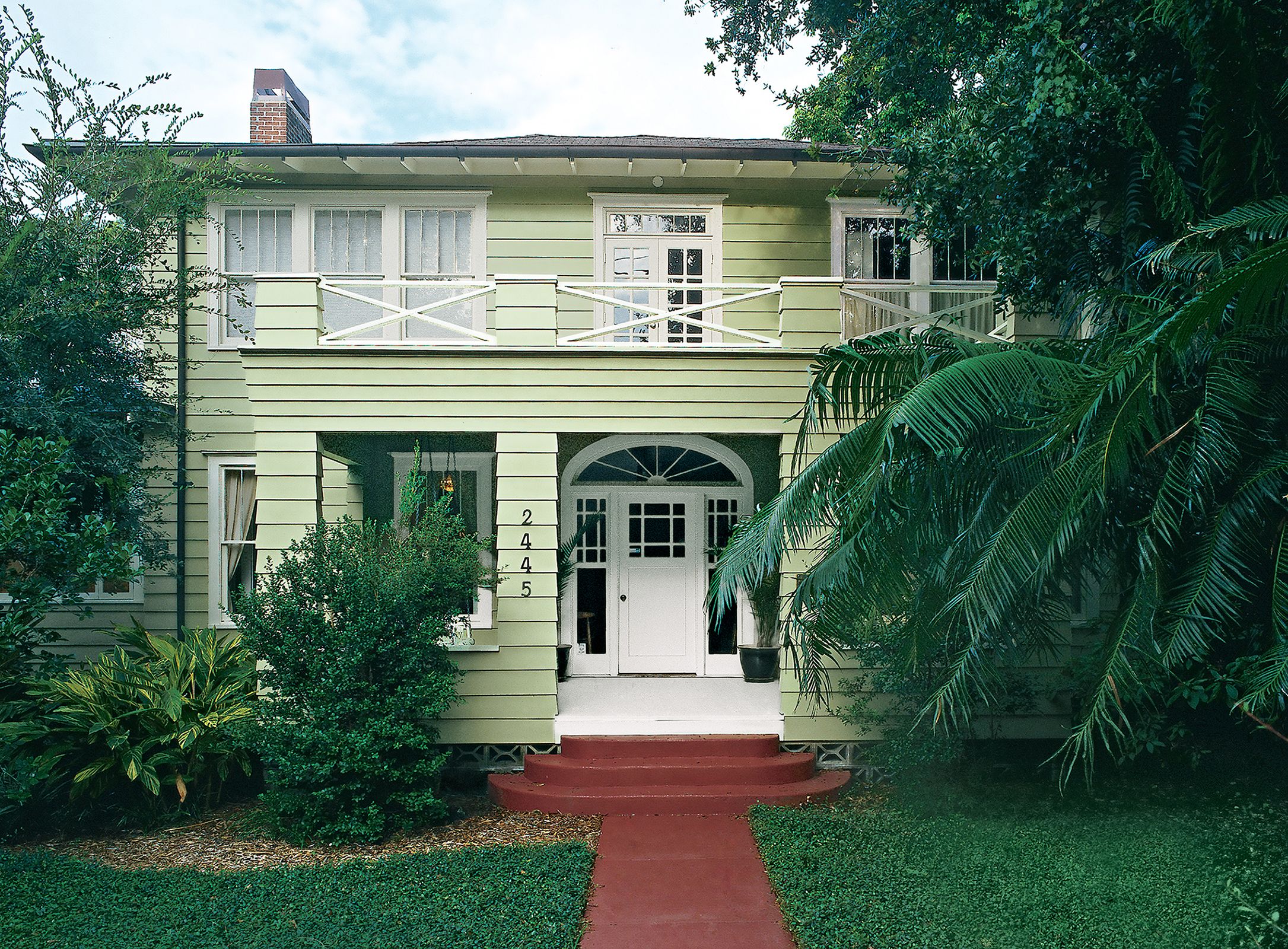
We weren’t in the door five minutes before I turned to my wife and said, “We have to buy this house.” The front porch was falling in, the electrical didn’t work, the condition was awful, but every original window, door, piece of hardware, and light fixture was still there. Judy and I hadn’t even been looking for a house, but we signed the contract that night.
I’m a contractor and, from time to time, a real estate agent will call me up and say, “Will you come by and look at this house? I don’t know if it’s worth working with.”
That’s what happened that day, and knowing it was an old house, I brought Judy along. I’d have been in trouble if I hadn’t, as she’s an avid preservationist. I’m Sarasota born and bred and know all about the housing stock in this area of Florida, so when I first drove by and saw this American foursquare, in a landmarked part of town with not an awning or sliding door in sight, I knew we’d be tempted.
Shown: Following ghost marks, the couple re-created the original 21-inch-high porch railing—which matches the scale of the second story—though inspectors would have preferred one 36 inches high for safety.
Staying True to History
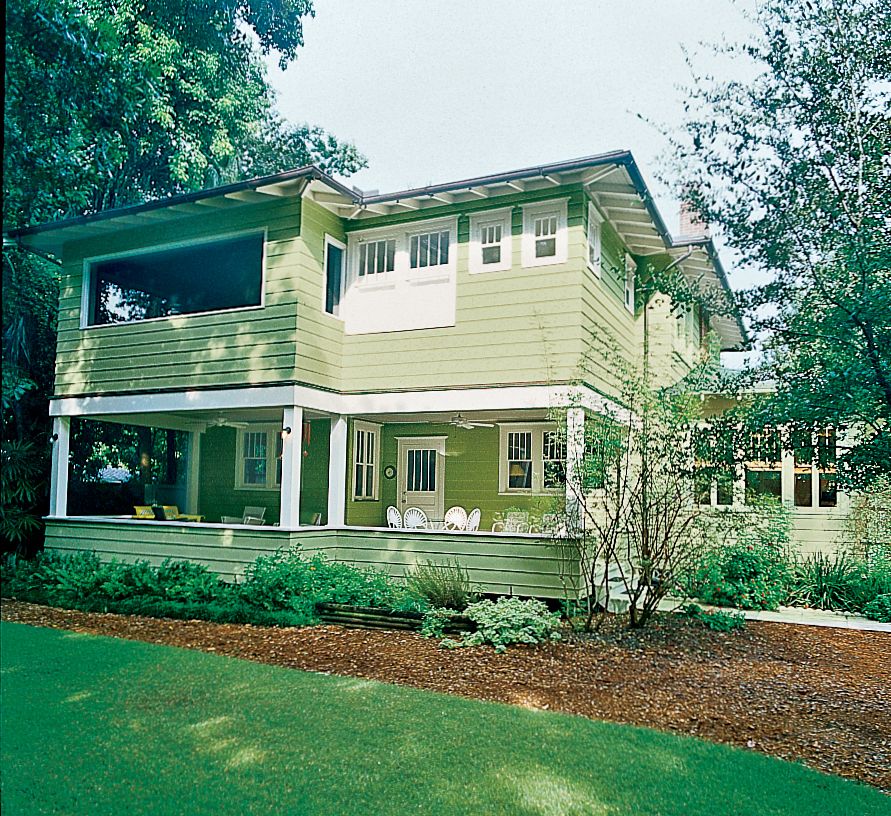
It’s rare to find an unaltered circa-1926 house in Florida anymore. And this isn’t your typical construction. It was built by a wealthy merchant, Benjamin McCall, who had also worked as a carpentry foreman in the construction of the Panama Canal. He designed his new home himself, choosing a foursquare shape and mostly Craftsman design and construction techniques, which were popular in Florida at the time. He customized the house with a low-pitched hip roof, large square porch supports, and Colonial Revival fanlight and sidelights in front. McCall had sprung for the best, because when I started stripping off some of the rotted 1-by-10-inch clapboards I could see they were redwood, stamped “Humboldt County, California.”
The house had only had two owners after McCall’s wife passed away in 1960. And her 83-year-old daughter-in-law was still living behind us when we moved in. She had old black-and-whites of our house and plenty of memories of what it used to look like, which helped us return it to its original condition.
Shown: Reusing the home’s original windows helped the 600-square-foot back addition blend with the old house.
Reworking the Kitchen
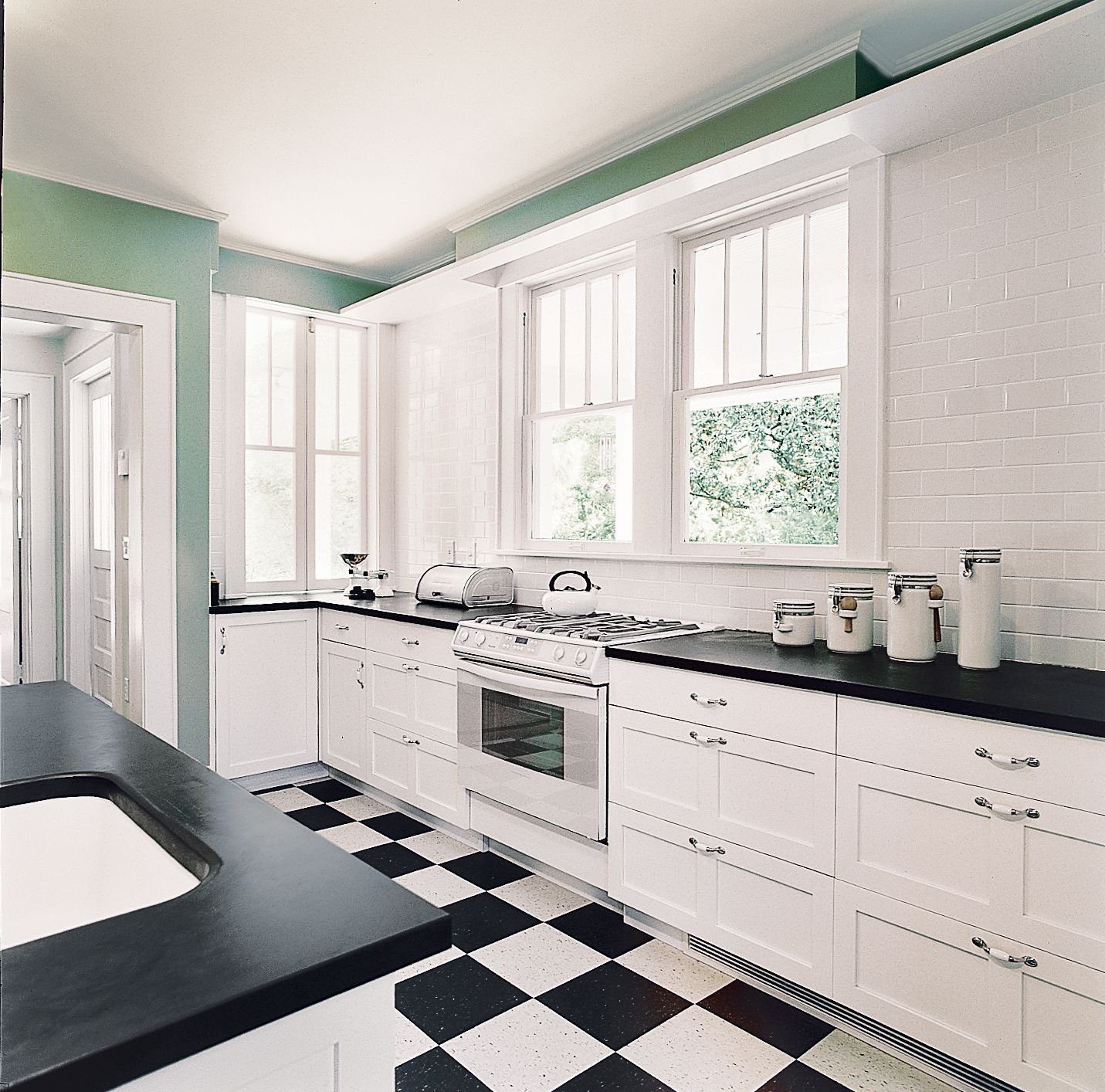
Our friends thought we were crazy. Just crazy. Our plan was to restore the 2,000-square-foot house and put up a 600-square-foot addition. During the first six months of permits and working with the Sarasota Historic Preservation Board, we lived in our existing home and worked on the new one nights and weekends. Then we sold the old house, rented for another six months, and finally moved into the foursquare.
The first thing I did was gut the kitchen and baths and tear into some walls to check for water damage. At that point I realized the north end of the house was sagging and had settled about two inches, so I got some 20-ton jacks and bridge timbers and jacked it up. Then I crawled underneath and took the concrete-block foundation apart. Everything was going fine until a shoring slipped and bashed me in the ribs, but I was lucky I didn’t get more than a bad bruise. I finished relaying the foundation and left those bridge timbers in there for extra support.
Shown: The kitchen was bumped out 4 feet and given an updated 1920s look.
The Living Room
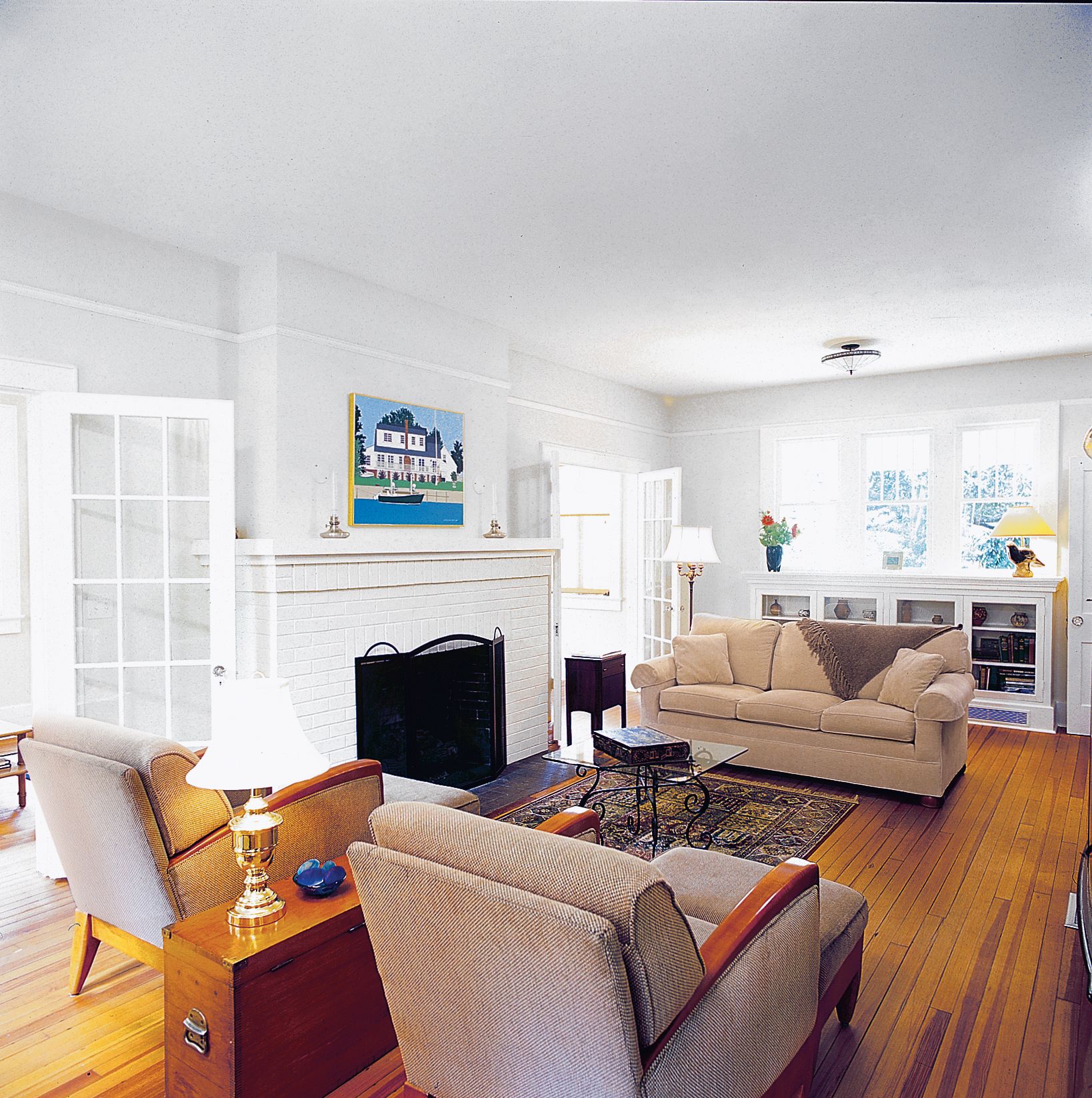
The living room’s architectural details, including the mantel, built-in bookcases, and French doors, required only stripping and fresh paint.
To tackle the water-damaged perimeter walls throughout the rest of the house, I had to take off all the plaster and lath and pull out the rusted nails with nippers. Seemed like there were millions of them. I had already decided that we would replaster. Drywall would have been a lot cheaper, but there’s no comparison. So I insulated and hung blueboard, which is moisture-resistant, and hired some pros who put up a brown mud scratch coat and then the white coat. It looks great.
Luckily, we were able to save the plaster on the interior walls, which the pros reskinned. I like knowing that the original fabric of the house is still there.
The Staircase
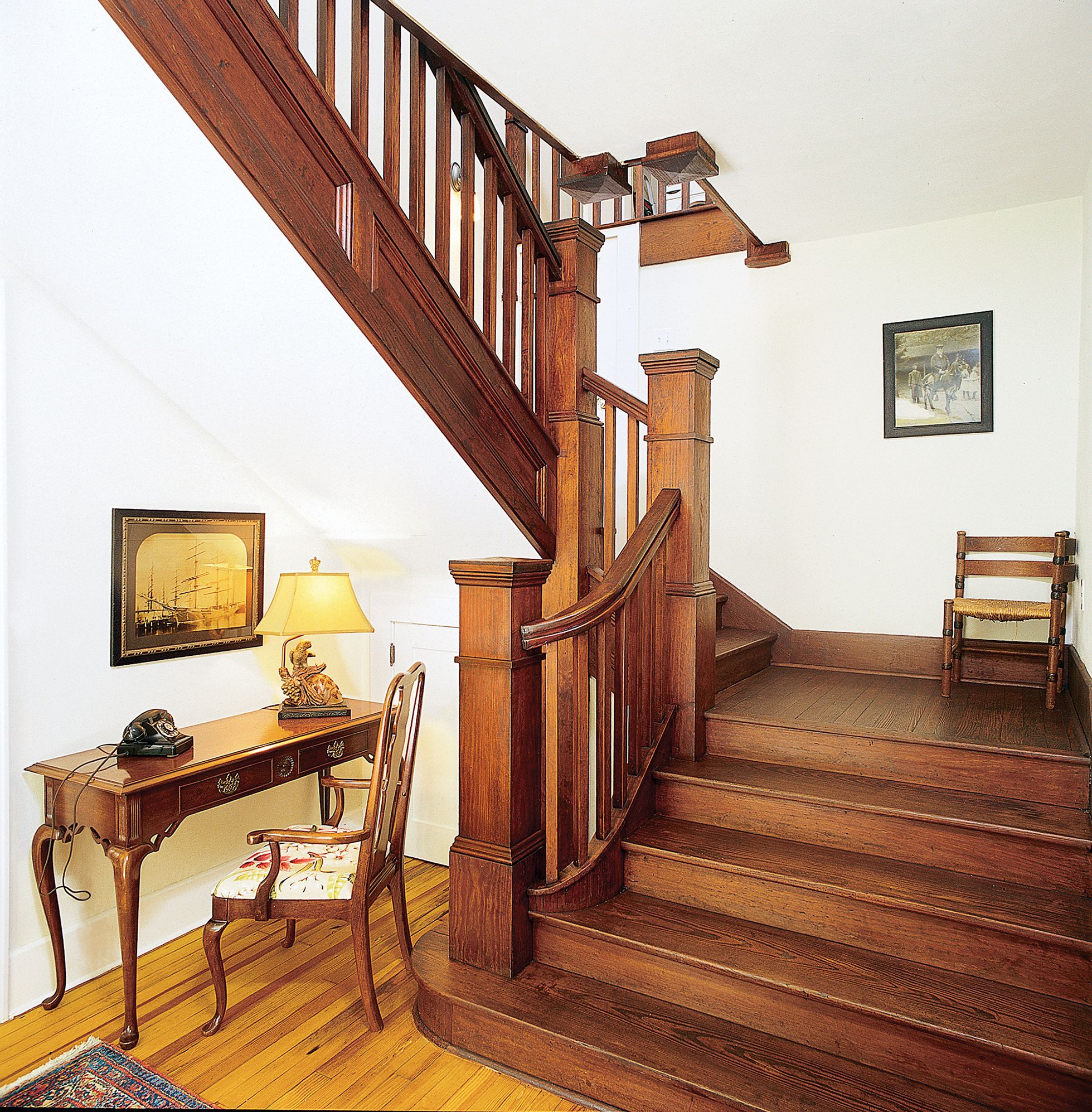
The staircase just needed to be cleaned with denatured alcohol and waxed. You can tell that the carpenter saved all the best pieces for it and cut each one by hand.
Remodeling the rest of the house was more involved. It needed all new systems: plumbing, air-conditioning, heat, and electrical, all of which I subbed out. We also had to put on a new asphalt roof. There had been some water damage to the southern-pine floors, but the last thing I wanted was shiny new ones. So I patched the really bad spots and sanded and coated all the boards with a tung-oil finish. The floors have character, to say the least.
What Judy loved most about the house when we first saw it was that it had every one of its 44 original Craftsman-style four-over-one windows. So she made it her project to restore them. It took four months, but she took each one of the sash out of its cypress frame, removed the glass, then stripped, reglazed, and repainted. I ran all new sash cord and, in some cases, rebuilt the frames. It seemed like it would never end.
Homeowners: Judy and Pat Ball

As much as we wanted to honor the old spirit of the house, we also knew we needed more space, especially in the kitchen. So we bumped it out 4 feet and added a porch downstairs. Upstairs, we created a master suite, added a second bath, converted one bedroom into an office, and put on a sleeping porch. We were careful to make the new exterior blend with the original house, reusing as much of the redwood siding as possible. But for the new boards, and for the 30 percent of the old ones that had rotted and had to be replaced, I didn’t use redwood. It costs $4 a foot and would’ve had to come from California. Cypress, at $1.10 a foot, worked just fine. We added a garage in the back, too. That became my workshop.
The final step was the landscape. Judy wanted a native Florida garden, which requires little water, so we consulted a local horticulturist and started planting magnolias and palms.
It’s been a lot of work, but we wouldn’t trade the experience. It’s not every day in Florida that you get to live in a house with history.
Before: Exterior
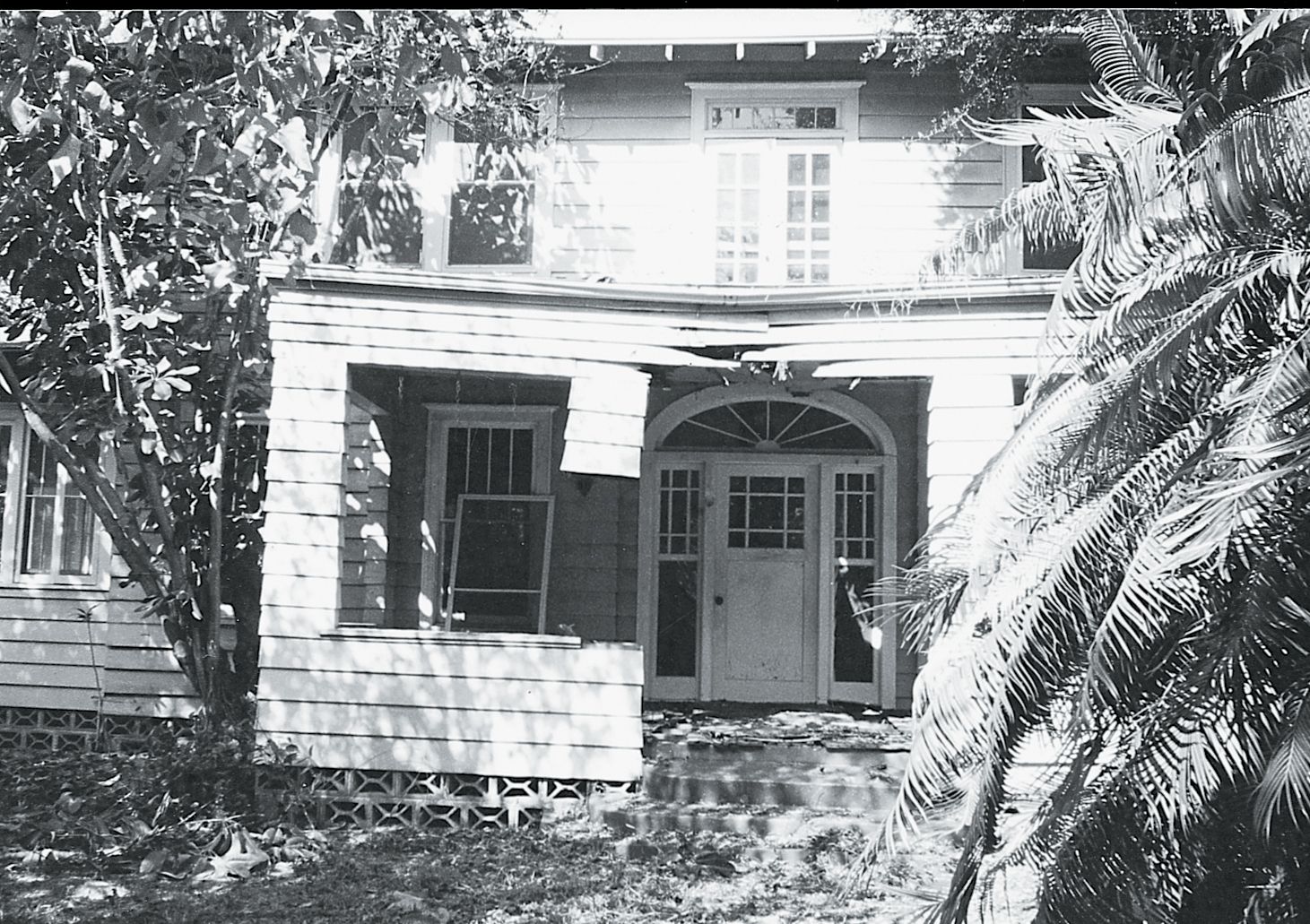
The caved-in front porch meant that when we first visited the house, we had to use the back door.
Before: Kitchen
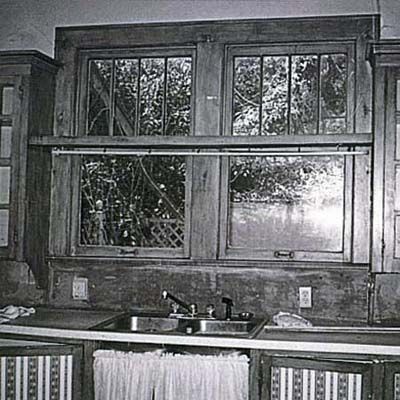
The existing narrow kitchen, barely changed for 80 years, had rotten floors and was the worst room in the house.
What We Did: First Floor
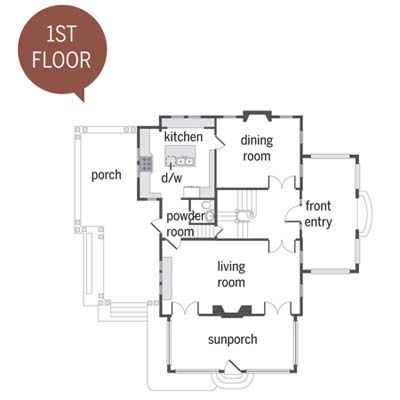
Renovated and enlarged a 1926 foursquare.
Remodeling cost: $300,000, which, if we hadn’t done so much ourselves, would have been $500,000.
Time frame: 18 months from purchase and preservation permitting to finish.
Where we saved: By using Armstrong vinyl tile in the kitchen—it cost just $1 a square foot. That’s a $200 floor.
Where we splurged: On the replastering—which is three times more expensive than drywall—and on a tankless water heater, which cost $1,000 more than a regular one.
What We Did: Second Floor
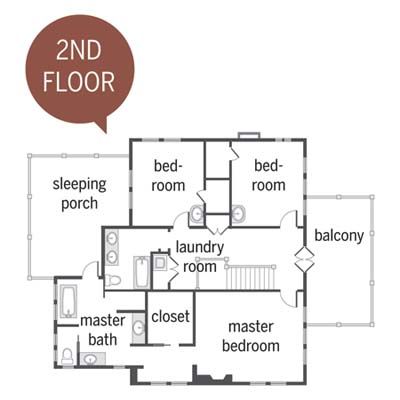
What we would do differently: Nothing, honestly. Wished we’d found the house sooner.
Our biggest challenge: Reglazing and restoring all 44 windows ourselves.
How we solved it: By stretching it out over four months and by using the same DAP ’33’ Glazing compound that was used 50 years ago.
